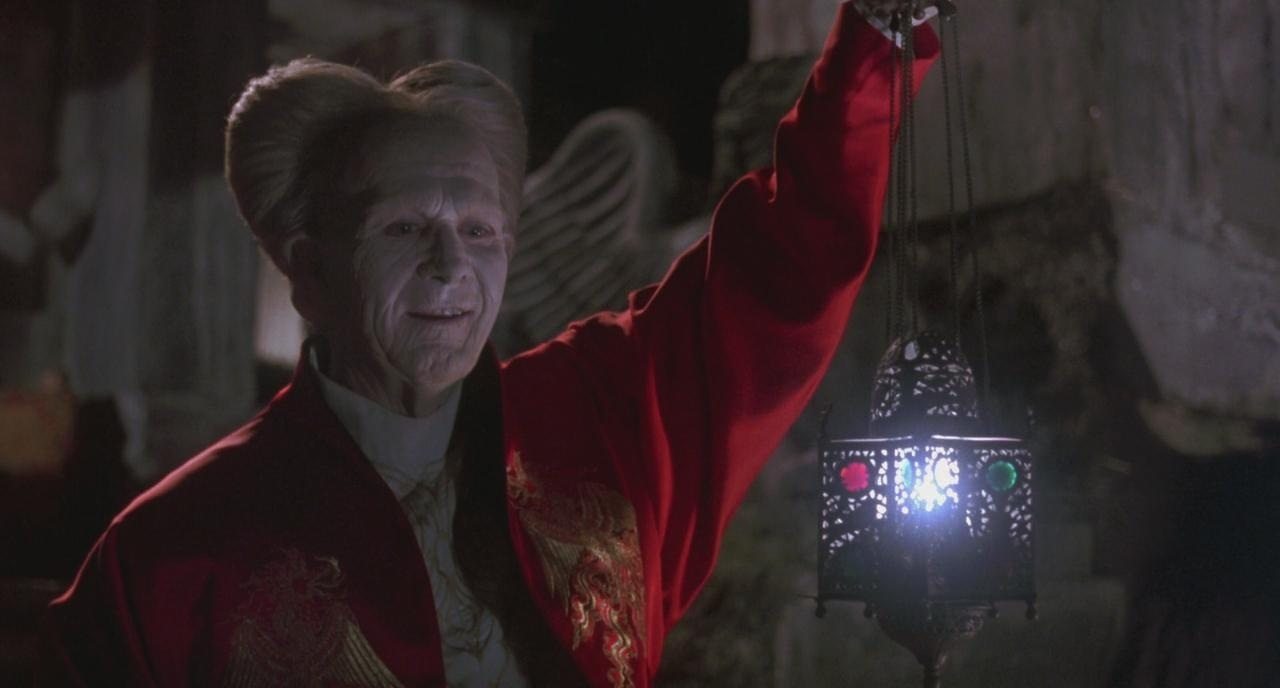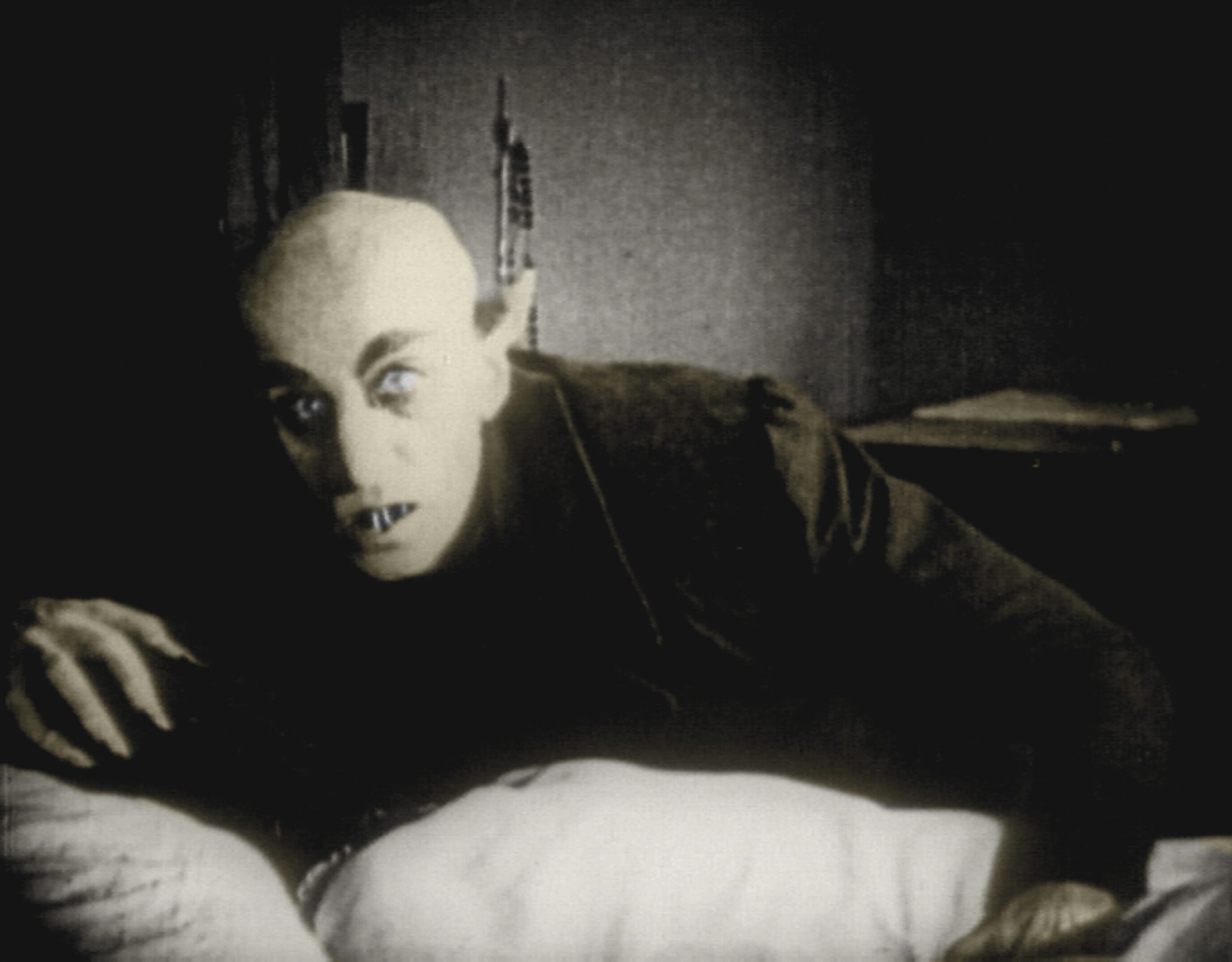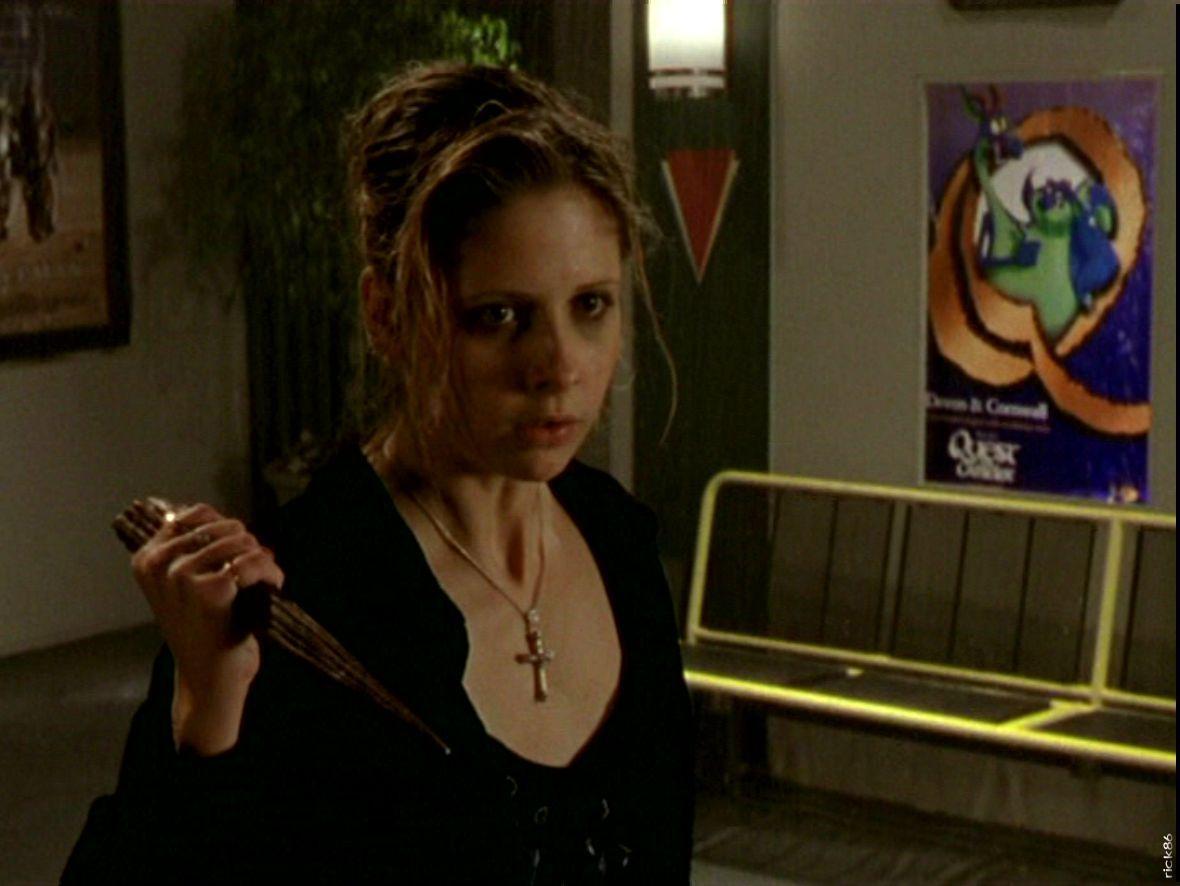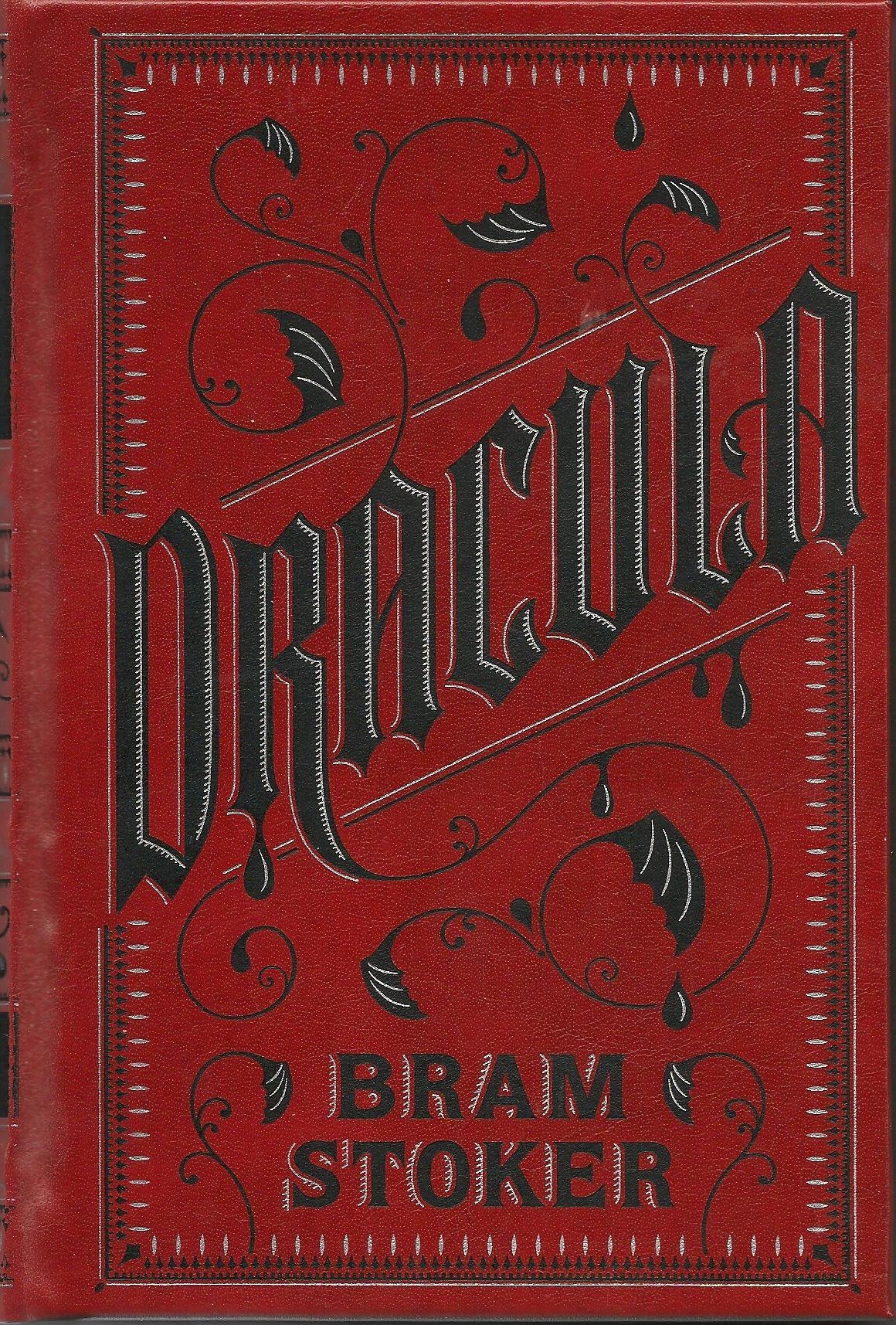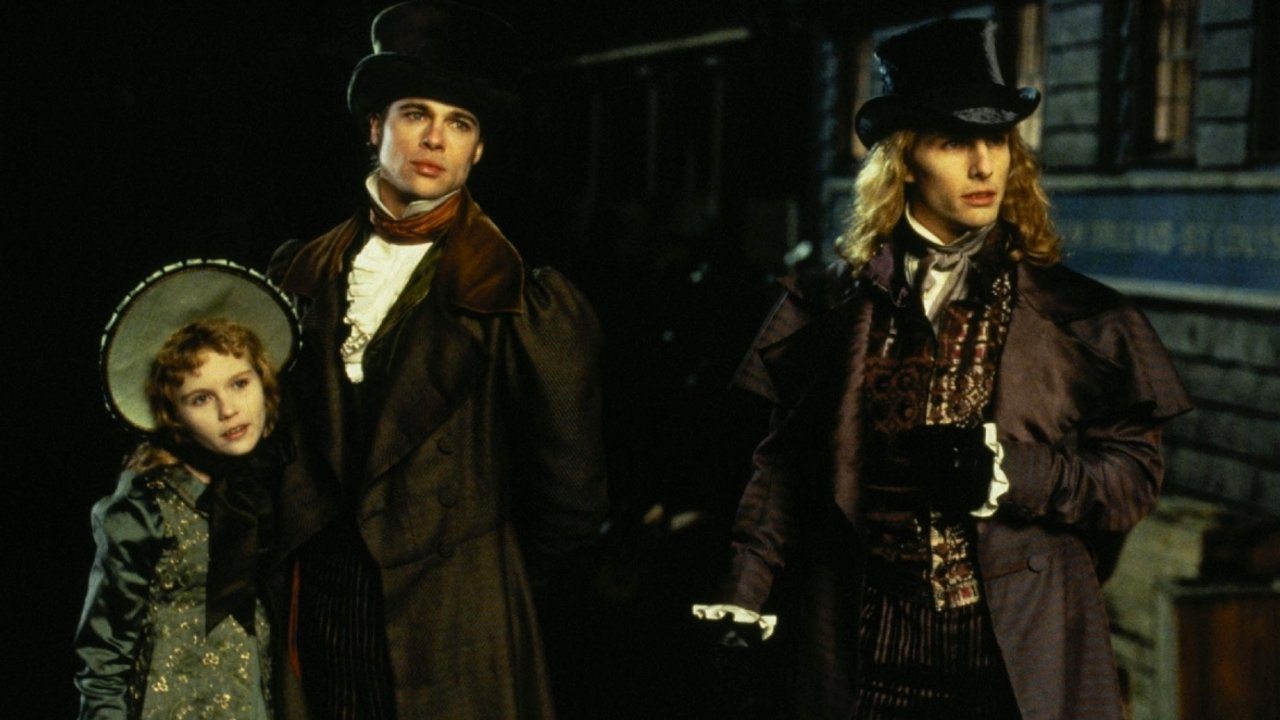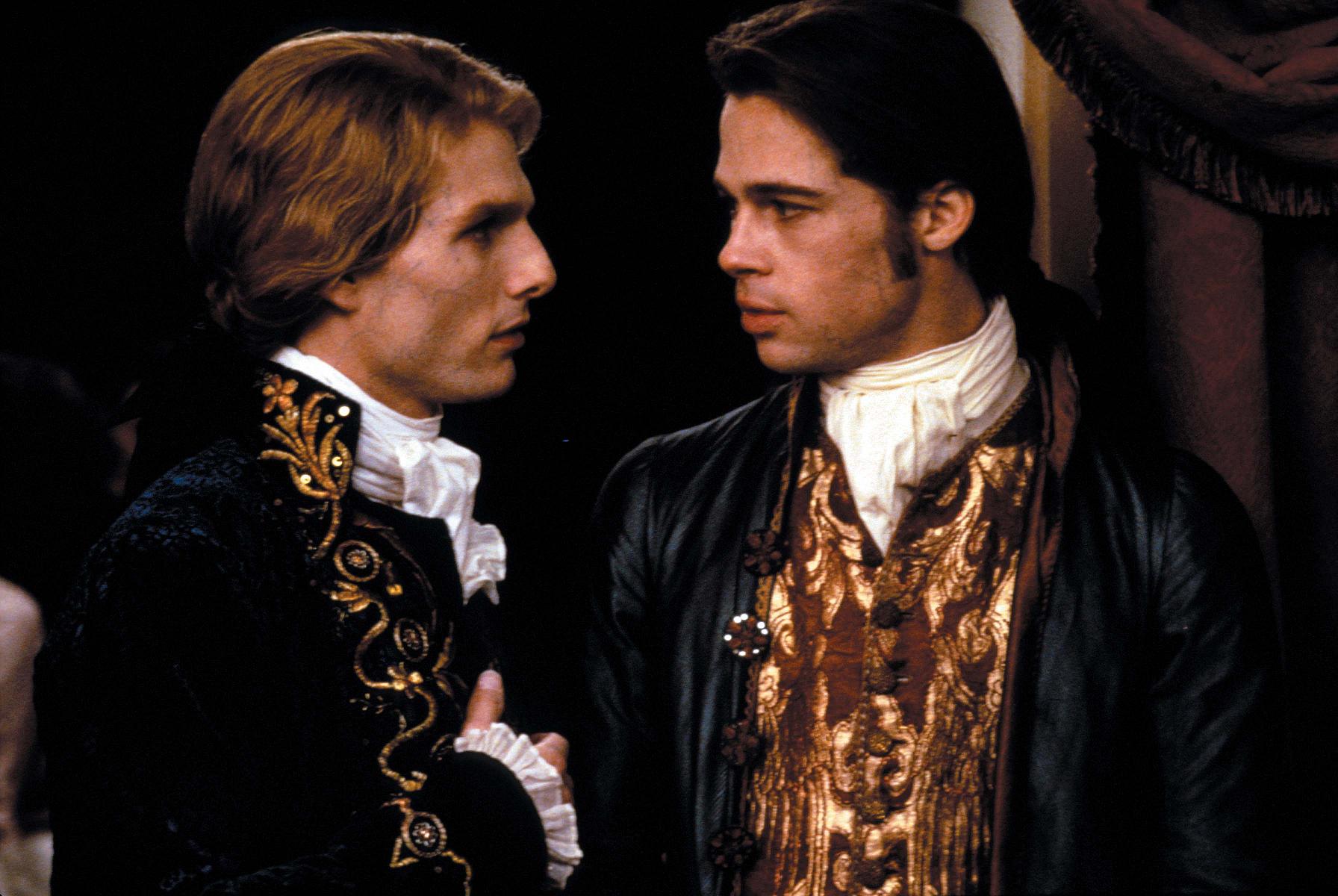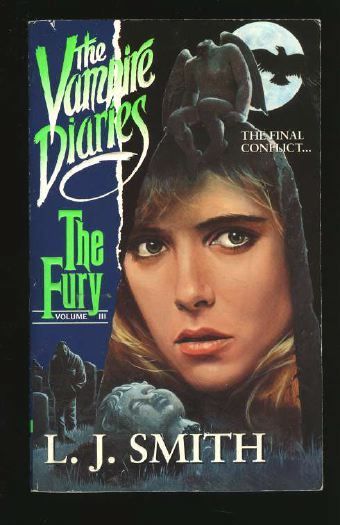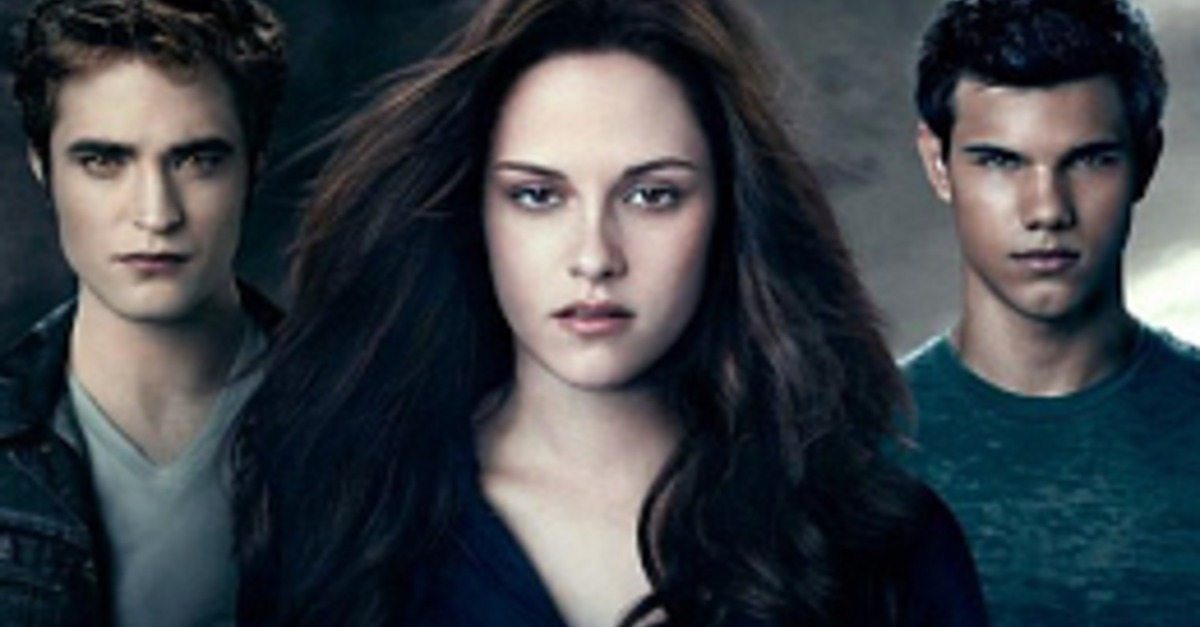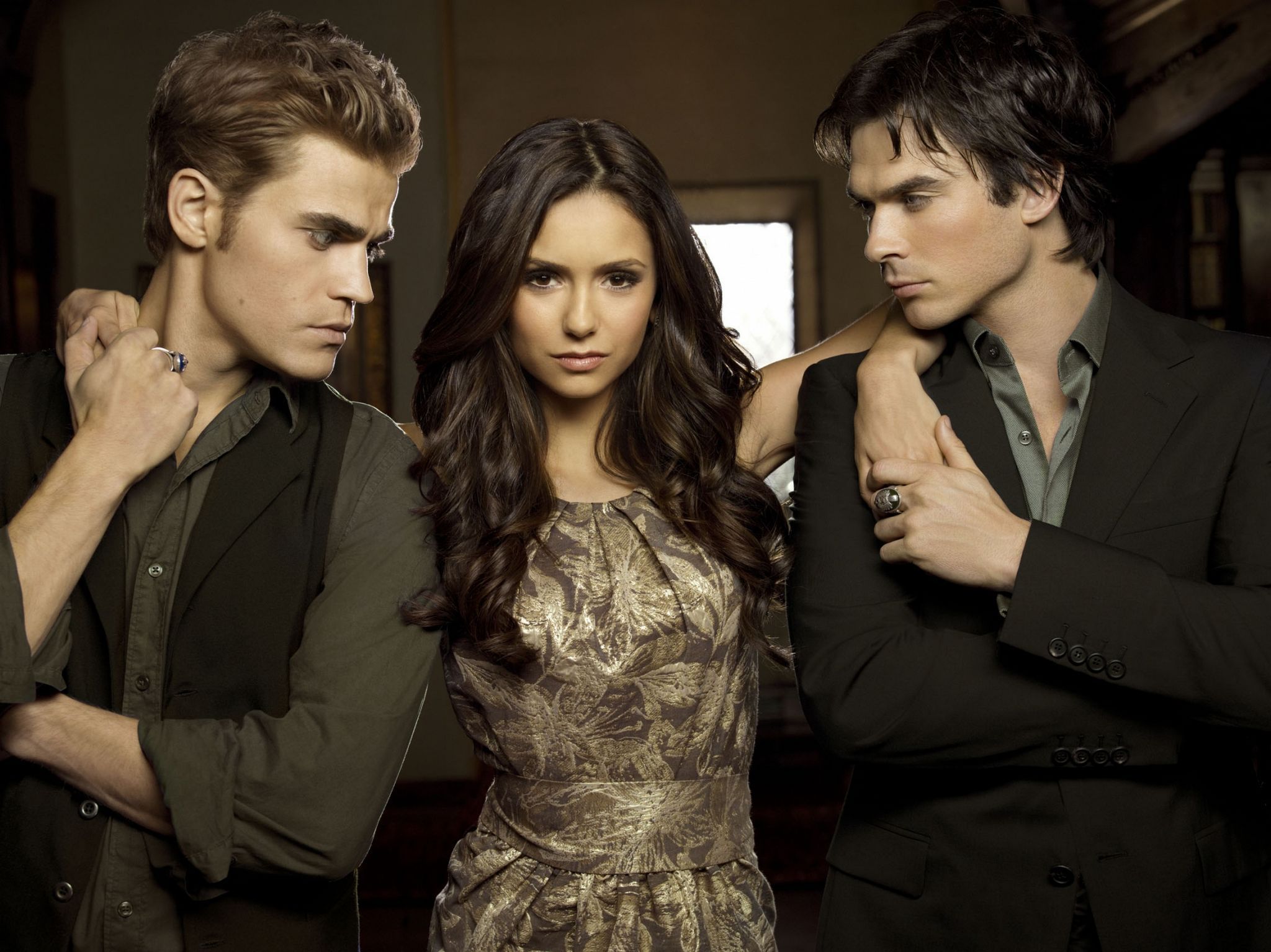A lot of our favorite stories these days involve plots and characters both mythical and fantastical, other-wordly and often eery and uncanny. Witches, zombies, werewolves, aliens, time-travelers, super powered heroes…and of course, the vampire. What is it about vampires and other mythical/mystical beings that we as mere mortals relate to? What is it about their stories that we find so intriguing that they’ve become an indomitable pop cultural force? No other supernatural topic dominates our interest, our films, TVs, and books like the vampire. Why is this mythical creature one humanity relates to so heavily? What part of their condition and their stories makes us notice parallels in our own lives? Where did our interest in the vampire, both the mythical creature and the literary creature, start? What is the future of the literary vampire? Let’s discuss.
One thing is for sure–the popularity of the vampire in literature and culture did not begin or end with Twilight. The theme had been around as literary trope literally decades before Stephenie Meyer took it on. But when did it start? The myths/stories/urban legends of a vampire-like creature have existed in almost every culture throughout the world, though its basic physical attributes and demonic powers vary depending on geography and culture. The myth of the creature most like the vampire we know today developed in Eastern Europe in the very traditional and superstitious cultures of Romania, Bulgaria, Hungary, etc. where pagan beliefs and thus stories of boogeymen dominated gypsy culture to explain away un-understood phenomenon in lieu of science and medicine as a basis for explanation. (Think the gypsy culture of the Rumancek family in Hemlock Grove who, though fictional, are from Romania, and are a representation of “gypsy” as a race and a culture that both did and does actually exist.)
Well then, how did this urban legend creature make it from the villages of Romania to the published page and literary circles of the more secular and sophisticated Western Europe? One of the first literary works based on the vampire legend was 1819’s The Vampyre by John Polidori, Lord Byron’s personal physician. In the story, a sneaky and beguiling Lord Ruthven lies and deceives his way into marriage with a prominent lady of society…only to of course drain her blood and leave her for dead, a story with sex, lust, and desire at the forefront, as well as the trust one imparts in agreeing to sex with another person. While not the first story of its kind, it was certainly the most popular, until…
…1897 when Bram Stoker’s Dracula came out. Stoker researched the creature known as vampire and incorporated the Romanian myths and stories into his representation. Again, sex, lust, and the danger of giving in to sexual desires were explicit themes here, but unique to this story was the idea of vampirism as a dangerous contagion to be avoided at all costs, a far cry from the stories of modern vampires where all of our heroins just can’t seem to wait to discard their humanity and jump on the vampire ship. Why is the representation so different? Victorian England at this time was wrought with disease and death as industrialization had created crowded and dynamic cities, but city planning and good old everyday sanitation hadn’t quite caught up to the problems created by the modern city. Crappy sanitation (pun intended) = lots of infectious disease spread. Plus, social mores had changed, prostitution was big business, and STI’s were thus prevalent, specifically siphylus which is not only deadly, but also rots off your flesh, untreated. So, in other words, sex was literally deadly. Contact with the wrong person could kill you or disfigure you. (You’d become a “monster.”) You could see then how a story like Dracula, so sexually charged where our heroin Mina has trouble resisting the monster Dracula and is in danger of becoming a monster herself would be something Victorian readers could highly relate to. The thrill and the danger lie in the desire of the forbidden, desire where you know giving in could ruin you, socially as virginity was prized, but also physically.
So what changed in the next century that got us from “contagion to avoid at all costs” to the shiny happy (undead) people of Twilight? Well, most infectious diseases were cured, sex became mostly safe, and attitudes toward sex shifted away from “forbidden thing we must never do or talk about.”
A lot of those cultural shifts occurred because of the summer of love, and in the wake of that cultural paradigm shift came The Vampire Chronicles series courtesy of gothic queen Anne Rice. Rice’s novels dominated pop culture for decades, but her version of the vampire saw the vampire “curse” as a blessing, a way to insure survival specifically during those disease-ridden times in Victorian Europe. But the underlying themes of desire, lust, and sex were still present, but also were the themes of betrayal and revenge, and, implicitly, homosexuality. Most of the characters in The Vampire Chronicles are male, and the relationship between Louis and Lestat is complicated to say the least. There’s a reason that the film adaptation of Interview With the Vampire had a cast of all the dude hotties of the time–Brad Pitt, Tom Cruise, Christian Slater, and Antonio Banderas. Again, vampirism was used as a metaphor for something sexual and something forbidden (at the time)–same sex desire. Lestat changes Louis to a vampire…then they immediately have to go on the run to hide it from the locals, the metaphor here being “Give in to me, take what you desire, but know it will always have to be our little secret…” (More explicitly, the tie between homosexuality and vampirism is explored in a different manner in Alan Ball’s True Blood, a show whose “vampires have rights too” premise originated as a clear allegory for the LGBTQ rights movement. But I digress.)
So if one views Rice’s vampire world was one where vampirism is played out amongst the characters as “Hey, this is fun, sexy, and exciting, but we can’t tell anybody…” then it’s not difficult to see where the next generation of night crawlers came from. In the early to mid 90’s, author LJ Smith released The Vampire Diaries book series, the source for the current CW show of the same name. In Smith’s world, vampires are young and sexy and can even get around during the day, no problem. But the two vampire brothers still serve as a source of temptation to Elena, but temptation to do what? Duh! Have sex, it’s always sex! Damon is the bad boy who tempts her to misbehave in more ways than one, but even with the harmless Stefan, Elena is constantly dodging temptation bullets, temptation to give away her innocence both in the sexual sense, but also in the metaphysical sense by becoming a vampire. Just like that, boom, becoming a vampire is equated with losing virginity/innocence. We see this theme played out many times, the funnest one being when the tables are turned gender-wise in Buffy The Vampire Slayer. Buffy finally loses her virginity to good vampire Angel, who then loses his ability to be “good.” He lost his “goodness” because of sex. Moral of the story for young Buffy watchers at the time–the second you give in and sleep with a guy, he becomes a monster over night.
Then came Twilight, which has essentially the same plot and even similar character names as Smith’s earlier Vampire Diaries, and the representation of the vampire is still the same–Edward=temptation and vampirism=loss of innocence. But long gone from all of the current incarnations of pop culture vampires is the idea of contagion, disease, an undesirable thing toxic to both body and soul (except of course for The Strain, which is like if Van Helsing worked for the CDC). Instead, vampirism is portrayed as something that’s maybe not for everybody, but for those die-hard (pun intended) romantics so in love who are adventurous enough to try anything, it’s probably right in their wheelhouse. Adventurous romantics who will do anything for love….hmmmm, when described that way, it’s easy to see then how the story of Edward and Bella was adapted into the Twilight fan fiction 50 Shades of Grey, a story where the loss of innocence and sex-as-danger metaphors run deep.
The vampires of Dracula stoked (haha) our fears about disease, death, and the possibility of the destruction of humanity. But our current vampire stories are more romantic, adventurous, and even whimsical. Dracula articulated our fear of death and destruction, while Twilight and Vampire Diaries articulate our desire for love, acceptance, and romantic adventures. The role of articulating our fear of death and destruction now rests on the shoulders of the zombie, not the vampire (Re: the apocalyptic landscapes of Walking Dead, 28 Days Later, World War Z, etc.)
So if zombies are overtaking that role in pop culture, what’s next for our old pal the vampire? I don’t see Twilight-esque type love stories losing popularity any time soon, but beyond that, it looks like vampire stories will continue to be badass adventure stories in the vein of Vampire Academy where finally, for once (besides Buffy), the girl is not just vamp bait or the swooning damsel in distress, but the one kicking ass and taking names. It’s about vamping time! But also, whenever something gains this much popularity in the zeitgeist, the backlash is inevitable, so expect more vampire satire in the vein of Vampires Suck and What We Do In The Shadows from Flight of the Conchords’ Jermaine Clement.. But if you’re a vampire story fan, don’t pay attention to the haters, and don’t even worry about the future, because the thing about vampires and vampire stories is that they are literally timeless, and you can just pull an old friend down from the bookshelf and get sucked in all over again.
